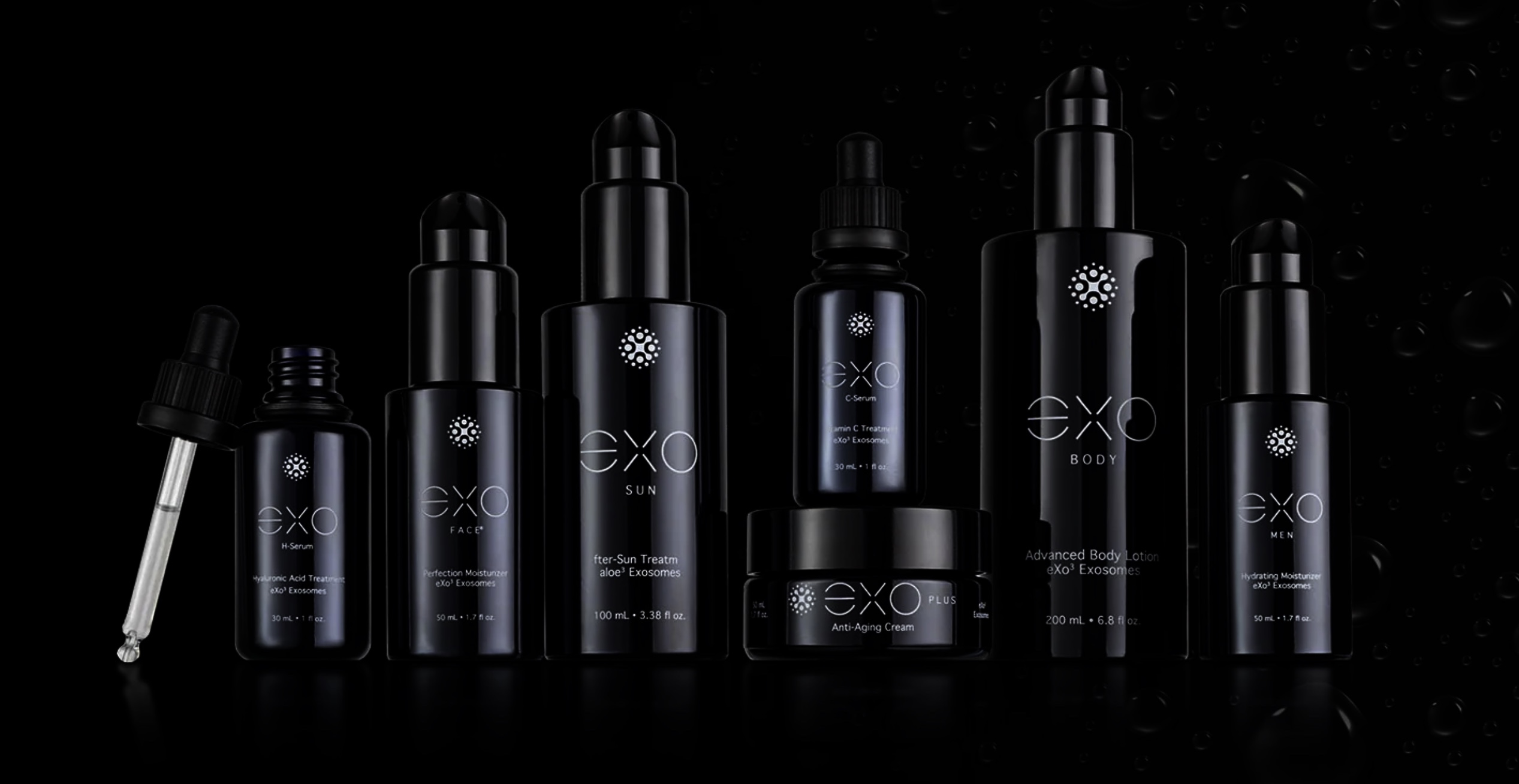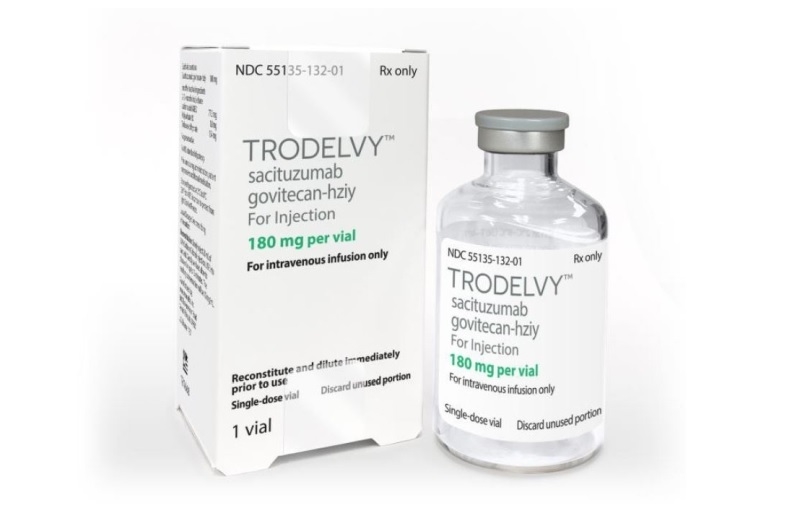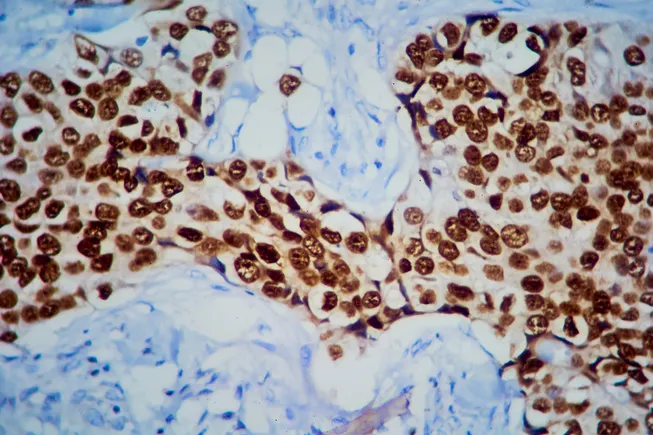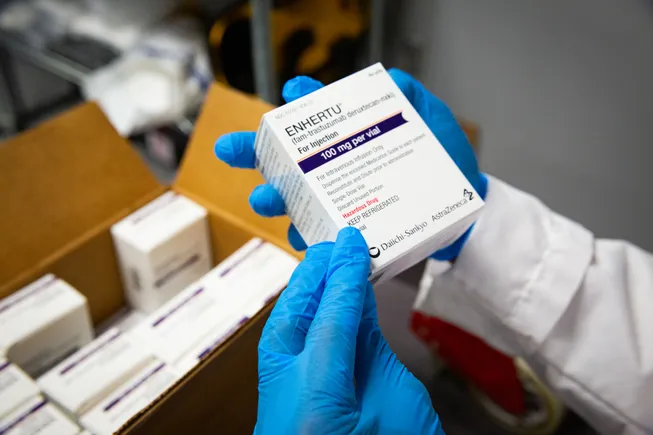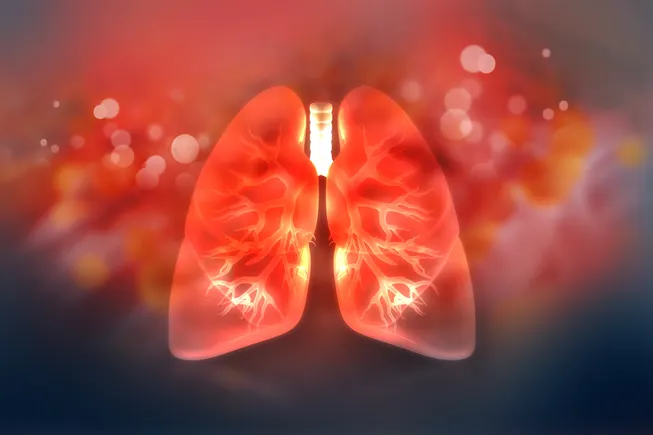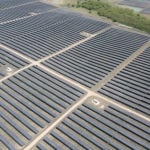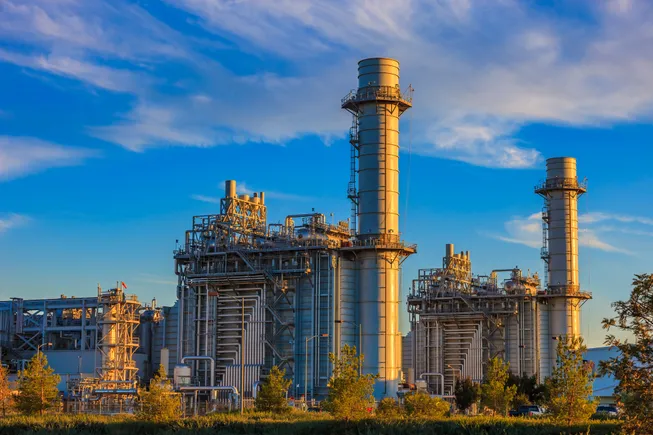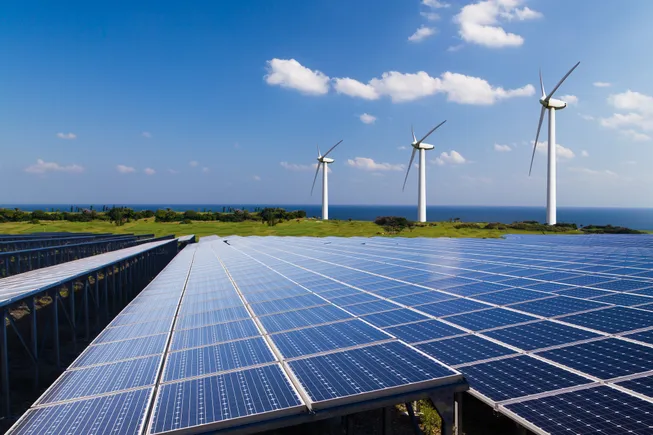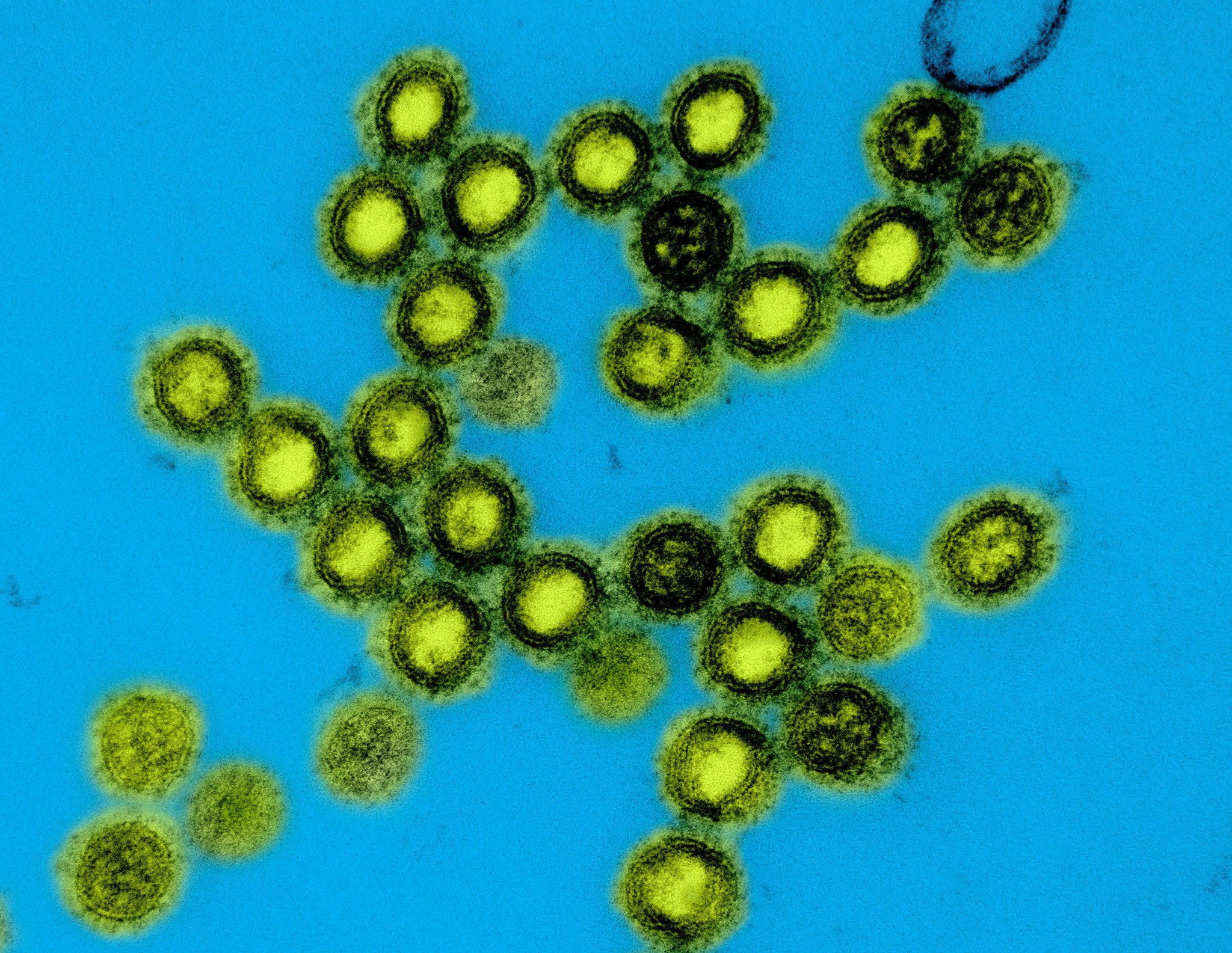Metal–Organic Framework‐Based Materials for Photocatalytic Hydrogen Peroxide Production: Insights into Mechanism, Modification Strategies, and Environmental Applications
Advanced Energy Materials, EarlyView.

This review highlights seven modification strategies, including linker functionalization, metal-oxo clusters modulation, defect engineering, morphology manipulation, cocatalyst loading, heterostructure construction, and posting-processing to enhance metal–organic frameworks (MOFs) for photocatalytic hydrogen peroxide (H2O2) production. Modified MOFs exhibit superior light absorption, rapid charge separation/transfer, optimized surface redox sites, and suppress the decomposition of generated H2O2. Integrating in situ water decontamination further enables the simultaneous H2O2 production and water treatment.
Abstract
Photocatalytic oxygen reduction reaction (ORR) and water oxidation reaction (WOR) to produce hydrogen peroxide (H2O2) have garnered extensive attention due to their economic, low-carbon, and in line with the requirements of energy economy. Currently, metal–organic framework (MOF)-based materials are promising candidates for photocatalytic production of H2O2 owing to abundant active sites, ultrahigh porosity and controllable structure. Given the rapid advancement of this field in recent years, there is an urgent need for an exhaustive review to comprehensively investigate the application of MOF-based catalysts with impressive performance in photocatalytic H2O2 production. To this end, this review first recaps the reaction mechanism and influencing factors of photocatalytic H2O2 production from pristine MOFs, unraveling the deficiencies and modification demands of MOFs. Thereafter, the perspective advances in the modification strategies of MOFs are presented, with special attention on the emerging properties of MOF-based materials for improved photocatalytic performance and enhanced H2O2 production. Subsequently, the application of in situ generated H2O2 from MOF-based materials for pollutant degradation is outlined deeply. Eventually, the development prospects of photocatalytic H2O2 production by MOF-based materials are summarized and prospected, which is expected to provide insight into the fabrication of MOF-based materials for superior photocatalytic H2O2 production and efficient environmental remediation.













































